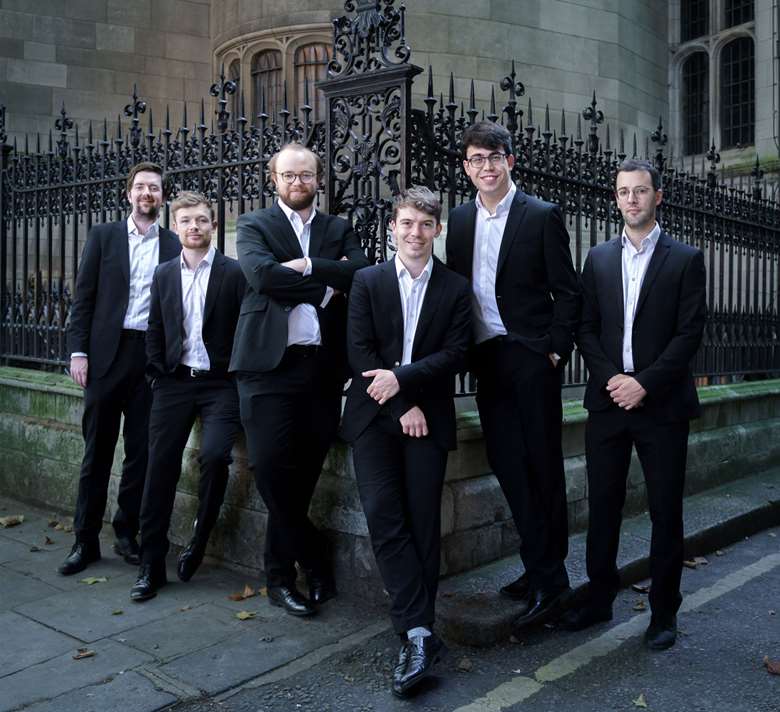In harmony: meeting The Gesualdo Six
Mark Seow
Friday, June 14, 2024
As The Gesualdo Six marks 10 years with a characteristically imaginative album, Mark Seow encounters an ensemble as close-knit socially as it is musically

Register now to continue reading
Thanks for exploring the Gramophone website. Sign up for a free account today to enjoy the following benefits:
- Free access to 3 subscriber-only articles per month
- Unlimited access to our news, podcasts and awards pages
- Free weekly email newsletter












